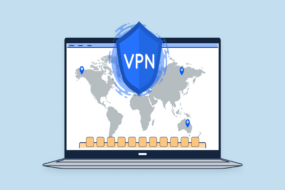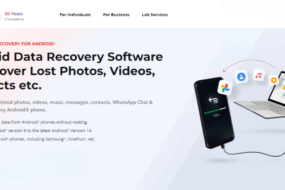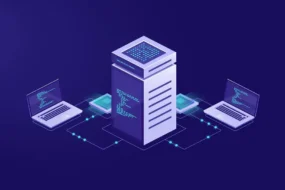Managing Requests for Proposal (RFP) can be daunting for many businesses. Yet, this is critical. It’s securing new contracts and expanding company reach. Understanding how to approach RFPs methodically can transform this challenge into a successful strategy for growth. Business article organizations will explore essential tips to help you get started with RFP management effectively and efficiently. Keep reading to learn the techniques that could be pivotal to Tess’s future success.
Understanding the Fundamentals of RFP Management
Exploring the universe of RFPs starts with plainly understanding what a RFP is and its importance in business. A RFP is a proper report that an association issues to request offers from likely providers for a particular item or administration. This interaction permits the mentioning party to look at contributions and survey which seller can best satisfy their necessities at a serious cost.
Efficient RFP Management lays the groundwork for streamlined communication between all parties. It ensures that the requesting organization receives comprehensive and comparable proposals, allowing for an apples-to-apples comparison during the evaluation stage. Generally, RFP the board is tied in with making a level battleground for merchants while guaranteeing the purchasing prerequisites are explained and met. The RFP cycle includes a few stages — planning, issuance, receipt of proposition, assessment, lastly, granting the agreement.
Each step should be executed with accuracy and meticulousness to stay away from stumbles that could influence the result. This is where laying out a hearty RFP the board structure demonstrates significant. Laying out Clear Objectives and Targets for RFP Reactions Defining clear and feasible objectives is a central component of fruitful RFP the executives. Prior to setting out on making a RFP, deciding the essential targets for the obtainment within reach is urgent
These could go from cost investment funds and further
Developed assistance quality to advancement and building key organizations. Goals ought to be Brilliant — explicit, Quantifiable, Feasible, Pertinent, and Time-bound. This structure helps center the RFP around the outcomes that make the biggest difference and guarantees that the reactions can be equitably analyzed. Without Savvy targets, the assessment interaction can become stalled by abstract decisions and hesitation.
Goals and objectives guide the writing of the RFP document itself. They dictate the questions asked and the information requested from the vendors. These must be aligned with the company’s overall strategy to ensure the selected vendor can genuinely add value to the organization’s company’s operations or offerings.
Building an Effective RFP Response Team

Success in RFP management largely depends on the expertise and effectiveness of the RFP response team. Assembling a team with diverse skills—from procurement specialists to technical experts and project managers—is crucial in covering all the bases of an RFP’s requirements.
Ensuring that your RFP team has well-defined roles and responsibilities is critical. This includes appointing a project lead to oversee the process, subject matter experts to provide insight on technical specifics, and writers and editors to ensure that RFP responses are clear and professional. Each member should understand their function in the team and how it contributes to the collective goal.
Communication among team members is vital. Regular meetings to update on progress, brainstorm solutions, and consolidate feedback from different team members help keep the RFP process on track. This collaborative approach can significantly increase the quality and competitiveness of the final RFP submission.
Streamlining the RFP Process Through Technology
In our fast-paced digital age, leveraging technology to streamline the RFP process is not just a convenience—it’s a necessity. Numerous software solutions can assist in managing RFPs, from document creation to collaboration and evaluation. These tools can significantly reduce the administrative overhead of managing RFPs manually.
Software platforms provide a centralized location for all RFP-related documents and communications, which improves organization and accessibility for team members, no matter their location. Advanced systems can even offer proposal scoring features to aid in objectively evaluating responses against the set criteria.
Overall, embracing RFP management as a disciplined and strategic process can yield significant rewards for businesses of all sizes. By following these carefully outlined tips and insights, organizations can improve their RFP processes, fostering more effective procurement and enhanced relationships with vendors. As the marketplace evolves, so must our approaches to these critical business operations—and mastering RFP management is a surefire way to stay ahead of the curve.
In Case You Missed It!











